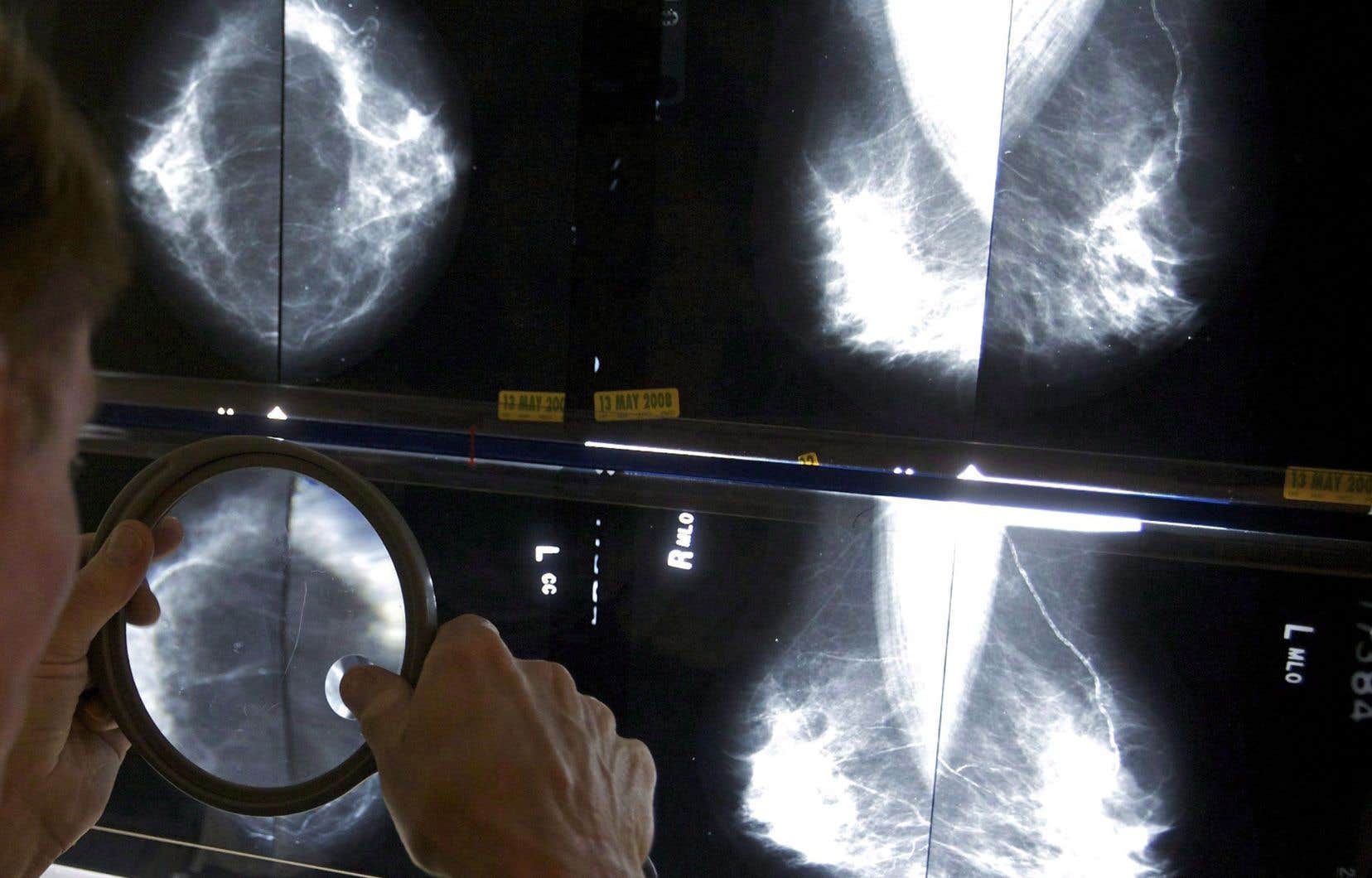Recent interim guidelines released by the Canadian Task Force on Preventive Health Care (CTFPHC) regarding breast cancer screening have raised significant concerns. As an expert on the evidence review panel, I find these recommendations deeply disappointing. They ignore strong and recent evidence in favor of screening from the age of 40, adopted in the United States and elsewhere.
These GECSSP recommendations are based on outdated studies, using outdated technologies, such as film-screen mammography, and ignore advances in breast cancer treatment, such as tamoxifen and less invasive surgical options, as well as chemotherapeutic agents that have revolutionized the treatment of breast cancer.
Additionally, the GECSSP approach ignores recent observational studies comparing screening versus no screening with up-to-date diagnosis and treatment, demonstrating significant reductions in mortality through early detection, which current guidelines do not reflect. These studies demonstrate a reduction in breast cancer-related mortality ranging from 44% to 60% among women screened in their forties.
Breast cancer is a devastating diagnosis, but the damage is mostly preventable when detected early. Five-year survival rates vary greatly between stages: almost 100% survival for stage one, compared to just 22% survival for stage four, where the disease has spread and become incurable. Treatment costs are also much lower early in the disease, where stage one cancer costs an average of $20,000, compared to $500,000 for stage four per diagnosed patient.
Not only do outdated guidelines put the health of Canadian women at risk, they also risk higher long-term treatment costs. Modern screening technologies and protocols offer the opportunity to detect cancer earlier, which could save lives and reduce the economic burden on our healthcare system.
The GECSSP did not consider data that showed women of race or ethnicity other than white are more likely to be diagnosed with breast cancer in their 40s. A one-size-fits-all approach of recommending screening from age 50 discriminates against these women and contributes to their higher rates of advanced breast cancer, due to diagnostic delays and lack of access at screening.
The GECSSP recognized that women with dense breasts were more likely to develop breast cancer than women with non-dense breasts. However, it failed to recognize the reduced sensitivity of mammography in these women, from 86 to 92 percent in women with non-dense breasts to 60 percent in those with the densest breasts. The GECSSP ignored high-quality studies that showed that screening with magnetic resonance in addition to mammography reduced interval cancers (cancers detected by symptoms after a normal mammogram) by 80% and by 50% with additional ultrasound screening. These interval cancers have been demonstrated to be acceptable surrogates for breast cancer mortality, which takes 10 years or more to demonstrate. They did not address the importance of additional screening in these women and, again, did not follow international standards.
It is unacceptable for the GECSSP to base such important guidelines on outdated evidence, especially when newer and more accurate data are available. Excluding contemporary experts from the decision-making process only compounds these errors, creating guidelines that do not sufficiently protect the health of Canadian women.
It is crucial that breast cancer screening guidelines be revised to reflect the most current scientific data and include contemporary experts in the decision-making process. Let us come together to call for an immediate review and revision of the GECSSP breast cancer screening guidelines to truly reflect what is best for women’s health today.
